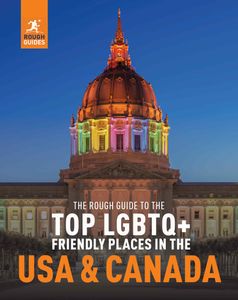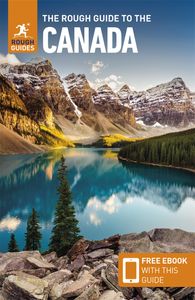Kootenai Brown
John George Brown – or “Kootenai Brown” – was a character straight out of a Wild West fantasy. Born in Ireland and allegedly educated at Eton, he spent time with the British Army in India, decamped to San Francisco, laboured in the gold fields of BC and worked as a Pony Express rider with the US Army. While travelling to the Waterton region he was attacked by Blackfoot natives, and supposedly wrenched an arrow from his back with his own hands. He was then captured by Chief Sitting Bull and tied naked to a stake, but managed to escape in the dead of night to join the rival Ktunaxa, with whom he spent years hunting and trapping, until their retreat from the prairies.
Marriage in 1869 was a calming influence, and encouraged Brown to build a cabin (the region’s first) alongside Waterton Lake. In 1895 a reserve was established, with Brown as its first warden. In 1910 the area was made a “dominion park”, and a year later it was designated a national park, the fourth in Canada. Brown, then aged 71, was made its superintendent, but died five years later, still lobbying hard to extend the park’s borders. His grave lies alongside the main road into Waterton Village.
The natural environment of Waterton Lakes
The unique geological history of Waterton becomes clear when you compare it with the strikingly different landscapes of Banff and Jasper national parks. Rock and mountains in Waterton moved east during the Rockies’ formation, travelling as a single vast mass known as the Lewis Thrust. Some 6km thick, this monolith moved over 70km along a 300km front, the result being that rocks over 1.5 billion years old from the Rockies’ “sedimentary basement” came to rest undisturbed on top of the prairies’ far more recent sixty-million-year-old shales. Scarcely any zone of transition exists between the two, which is why the park is often known as the place where the “peaks meet the prairies”, and its landscapes as “upside-down mountains”. The effect was to produce not only slightly lower peaks than to the north, but also mountains whose summits are irregular in shape and very different from the distinctive sawtooth ridges of Banff National Park.
Flora and fauna
The huge variety of altitude, habitats and climate within the park means that plants and wildlife from prairie habitats co-mingle with the species of the purely montane, subalpine and alpine regions. The result is the greatest diversity of flora and fauna of any western national park: 1200 plant species and 250 species of bird.
Approaching the park on Hwy-5 from the north you pass through dry prairie grassland, home to native grasses such as grama and rough fescue; you should also see prickly wild rose (Alberta’s floral emblem), sagebrush, buckbrush (yellow rose) and pincushion cactus. Entering the park you pass the wetlands of Maskinonge Lake on your left, while in the Blakison Valley and around Belly River Campground is aspen parkland, a transitional zone between prairie and forest habitats.
Higher up are the montane forest and subalpine zones, both rich in plant and animal life. On the eastern slopes above Cameron Lake are copses of four-hundred-year-old subalpine trees, the park’s oldest forest growth; you can also see vast spreads of “bear grass”, a bright, flower-topped grass which can grow up to a metre in height. Trees largely peter out in the alpine zone; Crypt Lake is a good example.
Birds are best seen on Maskinonge and Lower Waterton lakes, Linnet Lake, Cameron Lake and along the Wishbone Trail off Chief Mountain Hwy. The best time to look is during the migratory season between September and November; ospreys also nest close to Waterton village.
Maskinonge Lake is the place to head in hope of seeing mink and muskrat; beavers can be seen on the Belly River. The park has about fifty black bears, which are frequently seen: your best bet is to scan the slopes of Blakison Valley in July and August as they forage for berries in readiness for hibernation. Grizzlies, moose and cougars are also prevalent, but rarely seen. White-tailed deer nibble up and down the Red Rock Canyon Parkway, while elk and mule deer often wander in and around Waterton village. Mountain goats are elusive – you may glimpse one or two in the rocky high ground above Bertha, Crypt and Goat lakes – while bighorn sheep congregate above the visitor centre and the northern flanks of the Blakison Valley.
Upper Waterton Lake Cruises
Waterton Shoreline Cruises at the marina (t 403 859 2362, w watertoncruise.com) runs scenic two-hour cruises (May–Sept 2–4 daily; $40 return) up and down the lake across the US–Canadian border to Goat Haunt in Montana, little more than a quayside and park ranger station, where there is a scheduled thirty-minute stop before the return to Waterton. You could also take an early boat to Goat Haunt and then return on foot along the Waterton Lakeshore Trail for $20, or use the same company’s ferry to Crypt Lake (Late June to early Oct 2 daily; $22).

















